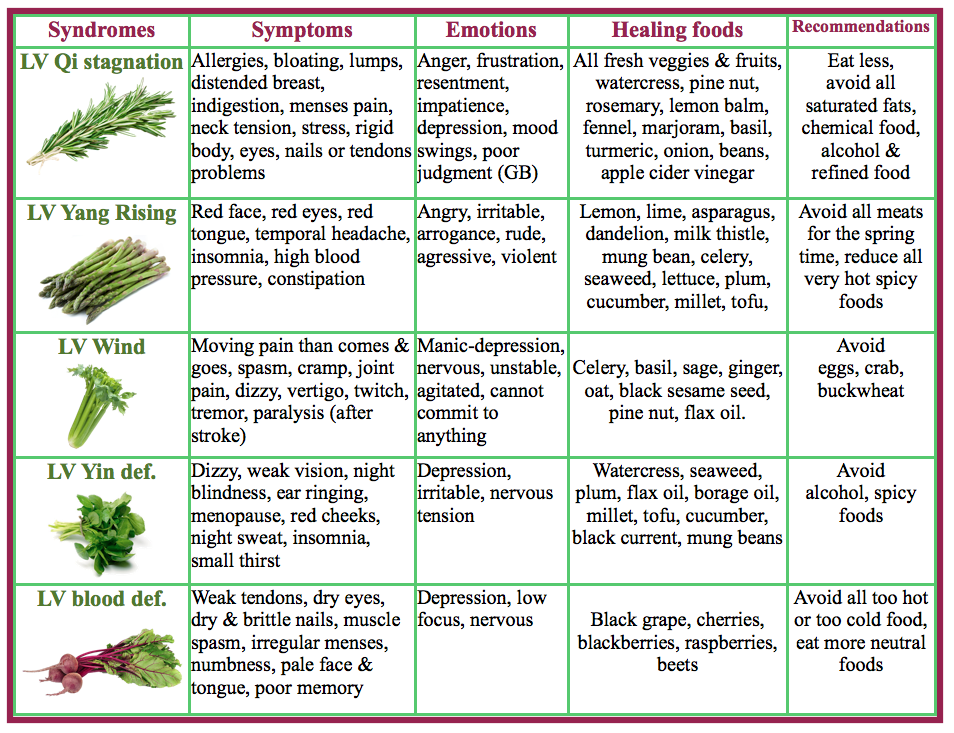Listen on Amazon Music Listen on Spotify Listen on YouTube Listen on Apple Podcasts
🔗Links mentioned in this episode:
Liver Blood Deficiency Recipe
This sweet and savoury glaze adds a rich flavour to the salmon, complementing the natural taste of the fish. The dates, figs and molasses (or Maple syrup) are very nourishing to the TCM Blood.
Salmon with Date and Fig Glaze
Ingredients:
4 salmon fillets
1/2 cup dried figs, chopped
1/4 cup dates, pitted and chopped
1/4 cup balsamic vinegar
2 tablespoons molasses or maple syrup
2 tablespoons soy sauce
1 tablespoon olive oil
2 cloves garlic, minced
Salt and pepper to taste
Instructions
Prepare the Glaze:
In a small saucepan, combine the chopped figs, dates, balsamic vinegar, molasses (or maple syrup), soy sauce, olive oil, and minced garlic.
Place the saucepan over medium heat and bring the mixture to a simmer.
Reduce the heat to low and let it simmer for about 10-15 minutes or until the figs and dates have softened, and the sauce has thickened.
Prepare the Salmon:
Preheat your oven to 375°F (190°C).
Place the salmon fillets on a baking sheet lined with parchment paper or lightly greased.
Season the salmon fillets with salt and pepper to taste.
Apply the Glaze:
Spoon a generous amount of the date and fig glaze over each salmon fillet, ensuring they are evenly coated.
Bake:
Bake the salmon in the preheated oven for about 15-20 minutes or until the salmon is cooked through and flakes easily with a fork. The exact cooking time may vary depending on the thickness of the fillets.
Serve:
Once the salmon is cooked, remove it from the oven.
Serve the salmon fillets over a bed of quinoa.
Drizzle any remaining glaze over the salmon or the quinoa.
Enjoy!
Show Notes
In Traditional Chinese Medicine (TCM), the liver is considered one of the most important organs in the body. It plays a crucial role in maintaining overall health and well-being.
In this episode, we delve into the fascinating world of TCM liver nutrition and explore the four most common TCM liver patterns: Liver Qi Stagnation, Liver Yang Rising, Liver Yin Deficiency, and Liver Blood Deficiency.
We also discussed the role of nutrition in supporting and nurturing the liver, as well as provide a special recipe that aligns with today’s theme. So let’s dive in and discover the secrets of TCM liver nutrition!
The Spring Connection 🌸
Did you know that the liver is closely associated with the season of spring in TCM? Just like trees that awaken from their winter hibernation, the liver becomes more active during this time.
Spring is a time for self-reflection, staying inside more, and not overdoing activities, which aligns with the liver’s need for rest and rejuvenation. It is during this season that we need to pay particular attention to our liver’s health and nourishment.
The Sap Flow Phenomenon 🩸
To better understand the significance of liver nutrition, let’s explore a fascinating natural phenomenon called SAP Flow. Just as the liver is vital to our body’s physiology, SAP (the sugary liquid that circulates within trees) is essential to a tree’s well-being. During winter, most trees hibernate, and their metabolic activities slow down significantly.
However, as temperature rises and spring arrives, the SAP starts flowing from the roots to the branches, nourishing the tree. This natural process is akin to the flow of Qi or blood in our bodies, emphasizing the vital role of the liver in distributing nutrients and maintaining overall energy balance.
Maple Syrup: A Delightful Liver Nourishment 🍁
Many of us associate maple syrup with pancakes and waffles, but did you know that it has beneficial properties for the liver? In Canada, where spring brings an abundance of maple trees, the sap collected from these trees is used to produce maple syrup.
Though initially not very sweet, the SAP is boiled down to evaporate the water content, resulting in a concentrated, richly flavored syrup. Maple syrup is packed with essential nutrients such as calcium, magnesium, potassium, iron, and antioxidants.
While it is high in sugar, the presence of probiotics makes it a valuable addition to our diet. So, the next time you indulge in some maple syrup, remember that you’re not only savoring a delicious treat but also nourishing your liver in the process.
Liver Patterns in TCM 😡
Now that we understand the importance of liver nutrition let’s look at the four most common TCM liver patterns and their associated symptoms.
1) Liver Qi Stagnation
The most common liver pattern seen in TCM. It is characterized by symptoms such as breast tenderness, constipation, bloating, mood swings, and shoulder tension. The person may feel more irritable, frustrated, and impatient.
The recommended foods to support Liver Qi Stagnation include watercress, rosemary, lemon basil, fennel beans, and apple cider vinegar. It is also important to eat smaller meals, avoid saturated fats, processed foods, and alcohol.
2) Liver Yang Rising
The next stage that often follows Liver Qi Stagnation. Symptoms include temporal headaches, redness of the face, high blood pressure, insomnia, and irritability.
To cool the liver and alleviate symptoms, foods such as asparagus, dandelion, celery, lettuce, cucumber, and tofu are recommended. It is important to avoid meats, alcohol, and spicy foods that can further exacerbate the condition.
3) Liver Yin Deficiency
Commonly observed in women, especially during menopause. Symptoms include night sweats, insomnia, poor memory, thirst for cold drinks, and pale complexion.
To nourish the liver and yin, foods like flax oil, olive oil, tofu, seaweed, cucumber, mung beans, and plum are recommended. Avoiding hot or cold foods and focusing on neutral foods will help support the liver and balance yin deficiency.
4) Liver Blood Deficiency
Frequently seen in women’s health concerns. Symptoms include pale complexion, poor energy, poor sleep, muscle spasms, and menstrual irregularities.
To nourish the blood and support the liver, foods such as beets, cherries, blackberries, black grapes, purple cabbage, raspberries, and dried figs are recommended. Neutral foods that neither cool nor warm the body are preferred, while hot or cold foods should be avoided.
Mindful Eating and Genetic Background 🍴
In TCM nutrition, four essential principles apply to everyone, regardless of their pattern. These principles include eating foods that are in season, consuming local and fresh ingredients, practicing mindful eating, and considering one’s genetic background.
Mindful eating involves chewing food thoroughly, avoiding distractions, and savoring each bite. Additionally, taking into account one’s genetic background helps tailor the diet to individual needs, as certain populations may have different dietary requirements or intolerances.
Conclusion
This is undeniably a crucial organ in TCM, impacting our overall health and well-being. By understanding the various patterns in TCM and adopting a nutrition plan tailored to our individual needs, we can support our liver’s function and improve our overall energy and vitality.
Remember, as spring brings forth new growth in nature, let it also be a time for you to nourish your liver and embrace a healthier lifestyle through TCM nutrition.
If you found this blog post insightful, be sure to check out my books Acupoints Made Easy, Chinese Medicine Made Easy, and Chinese Medicine Treatments Made Easy for comprehensive resources on TCM education.
Additionally, don’t forget to download the free TCM Nutrition PDF, which provides comprehensive food recommendations for various organ patterns.
Disclaimer
The Acupro Show podcast and material shared through Acupro Academy is a subdivision of Natural Health Sense Incorporated. Designed solely for educational and entertainment purposes. The utilization of information from this podcast or any associated material is at the user’s discretion and risk. This content is not meant to replace the guidance of an acupuncturist. Nor Chinese medicine doctor, medical doctor, physician, or any qualified professional. It is not a substitute for proper diagnosis or treatment. Users are strongly advised not to ignore or postpone seeking medical advice for any existing medical condition with their healthcare professional. Regarding any health concerns.
Need the podcast transcript? Click here!








Leave A Comment